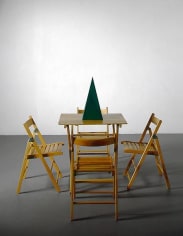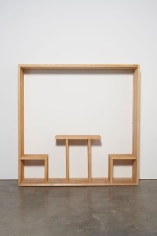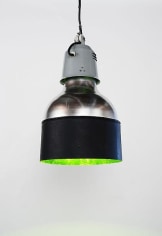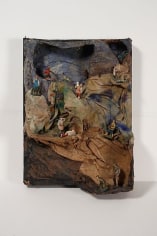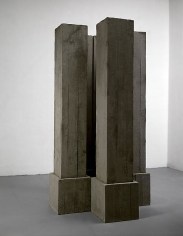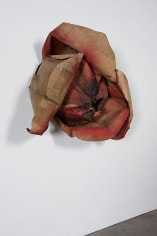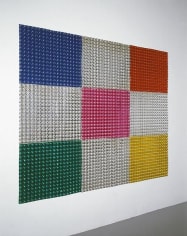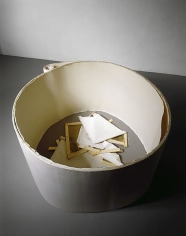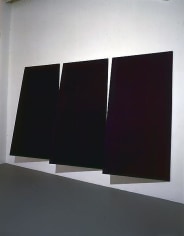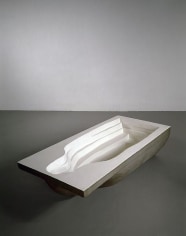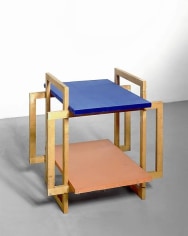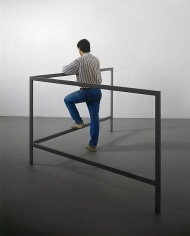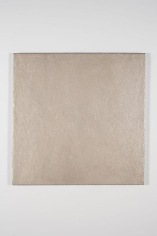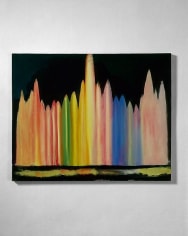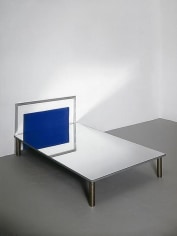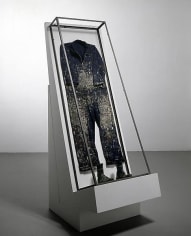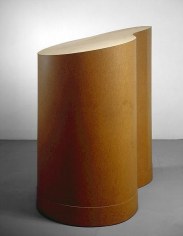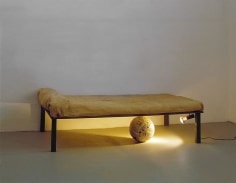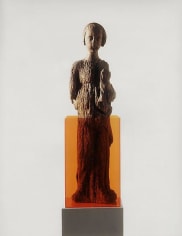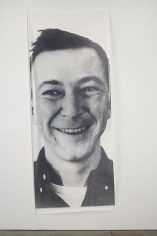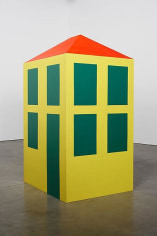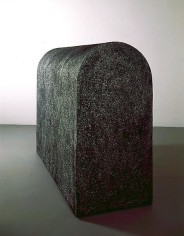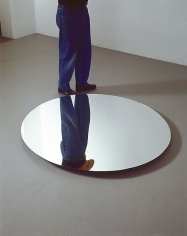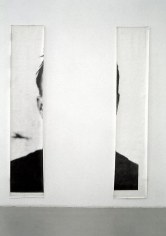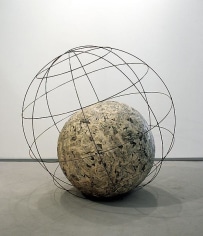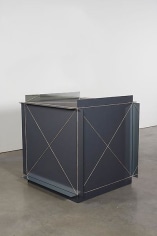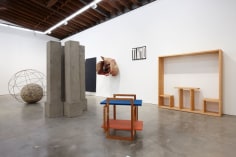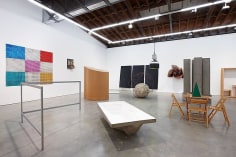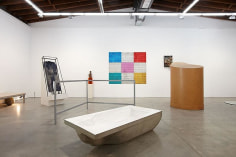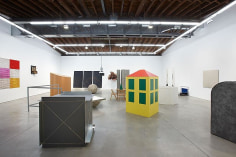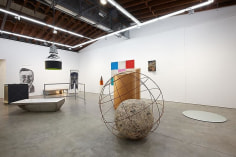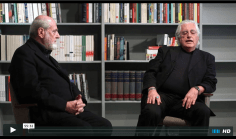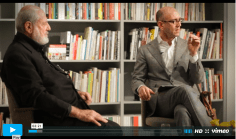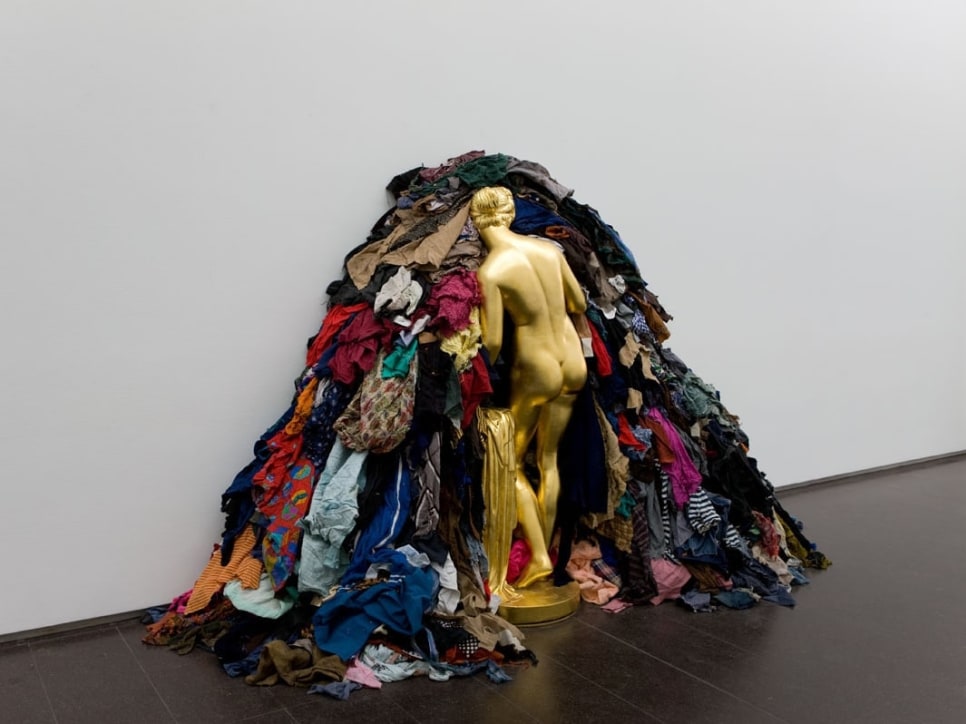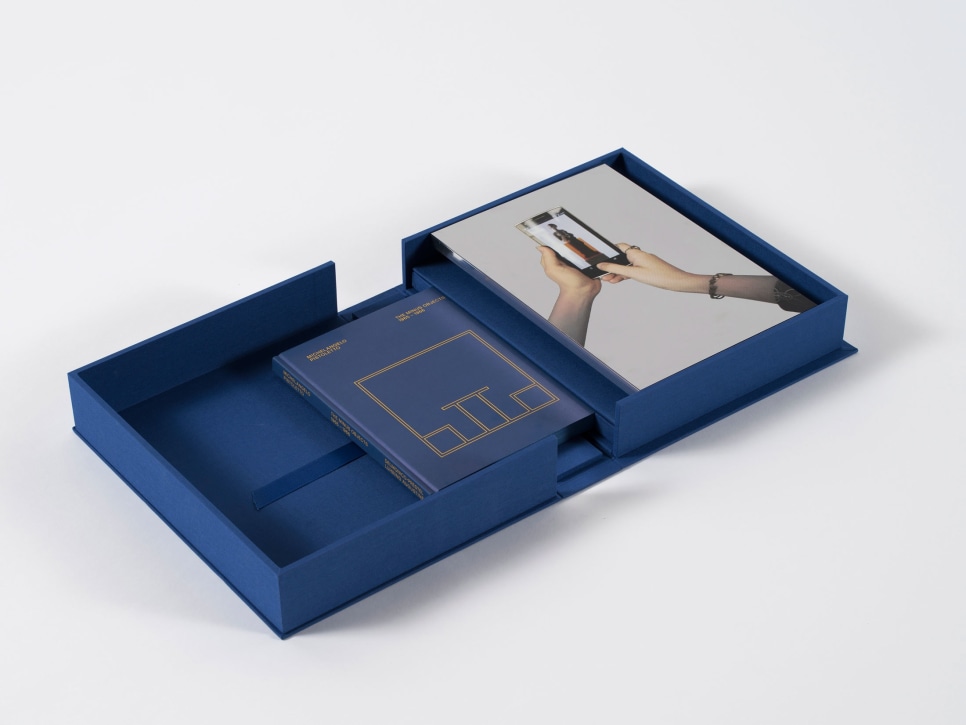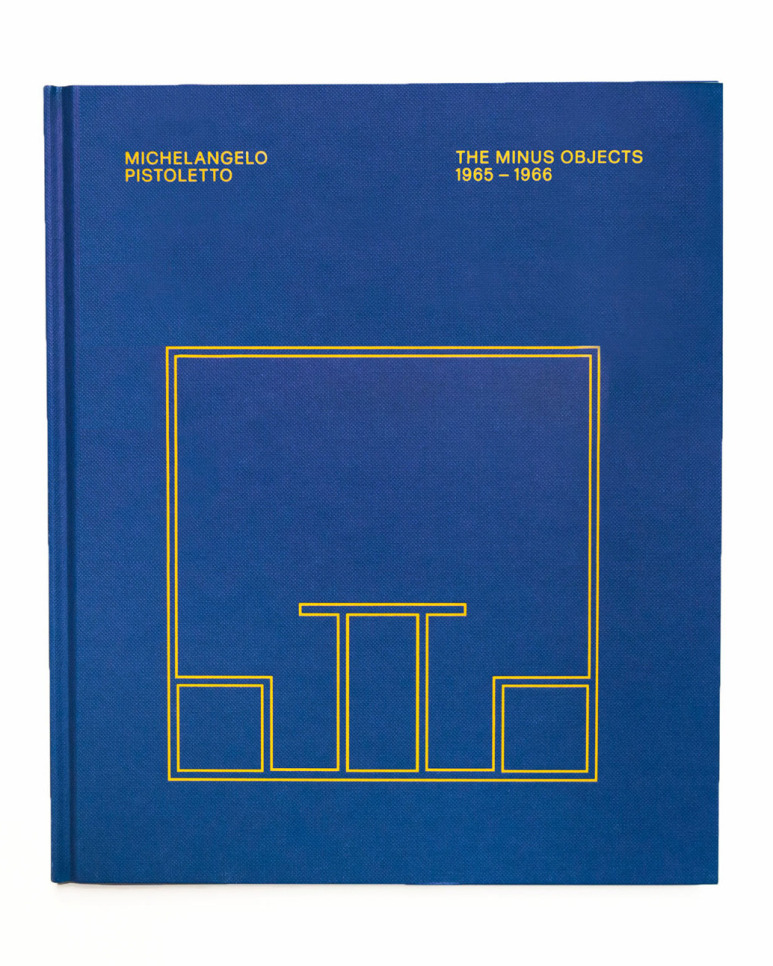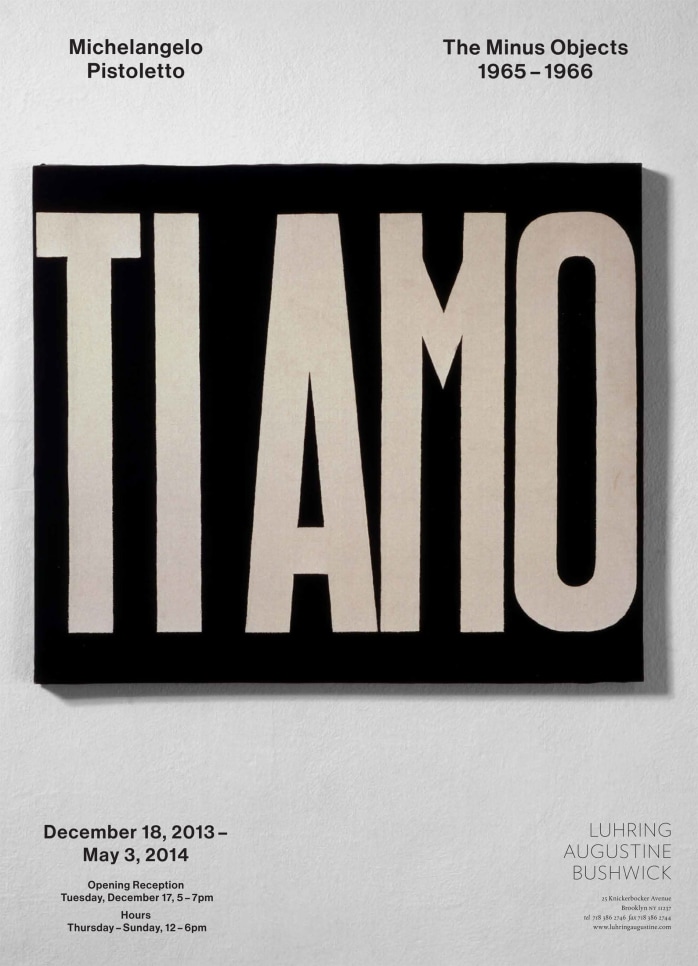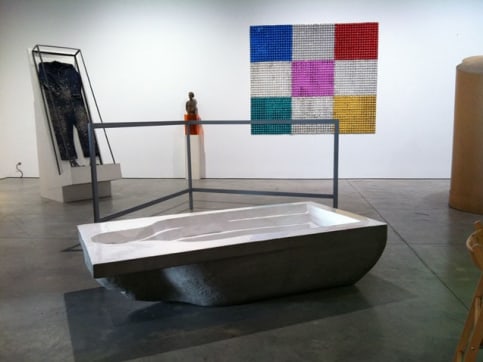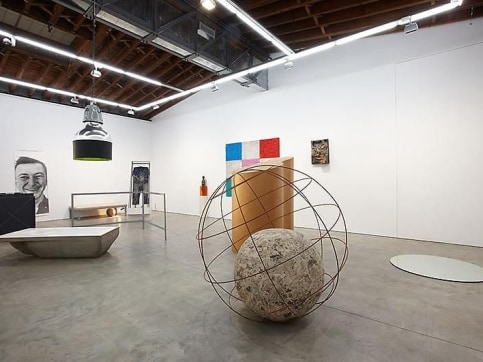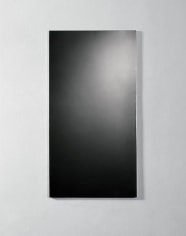
Luhring Augustine is pleased to present The Minus Objects 1965-1966, an exhibition of one of the earliest and most important bodies of work created by the Italian artist Michelangelo Pistoletto. Widely regarded as fundamental to the birth of the Arte Povera movement in the 1960s, this seminal series radically upended the prevailing art trends of the time.
Pistoletto is best known for his Quadri specchianti (Mirror Paintings), which were first conceived of in 1962 and represent a crucial and ongoing facet of the artist’s oeuvre. By affixing an image onto a reflective surface, the artist enables a dynamic and ever-changing interaction between the art object and the viewer. The Mirror Paintings garnered international acclaim early on, but Pistoletto was reluctant to yield to expectations that he continue solely in this vein. He opted to create instead the Oggetti in Meno (Minus Objects), a series of works which defied both categorization and commodification.
Exhibited for the first time in 1966, in the artist’s studio in Turin, the Minus Objects comprise a group of disparate sculptural objects, striking for their individuality as well as their sheer diversity of form, media and means of production. Each work evolved in a spontaneous and organic manner and came together as a larger ensemble after their making. For example, Rosa bruciata (Burnt Rose), a work of corrugated cardboard and spray paint, is the materialization of an object seen in a dream, while Strutture per parlare in piedi (Structure for Talking while Standing), a minimalist iron sculpture, is inspired by marks made on a gallery wall by visitors resting their feet. Certain objects such as Lampada a mercurio (Mercury Lamp) and Specchio (Mirror) are industrial and utilitarian in nature, while others such as Paesaggio (Landscape), Ti amo (I Love You) and Quadro da Pranzo (Lunch Painting) clearly reference the history of painting. Each object is non-representational, unfamiliar and slightly absurd, yet seems to possess a kind of self-sufficiency and innate reason for being.
The remarkable singularity and self-containment of each Minus Object serve to minimize the role of authorship. By creating an ensemble of objects with no discernible relation to each other, the artist essentially negates his own persona and enables the series as a whole to speak for itself. As Pistoletto writes, “...they are objects through whose agency I free myself from something—not constructions, then, but liberations. I do not consider them more but less, not pluses but minuses, in that they bring with them a sense of a perceptual experience that has been definitively manifested once and for all.”
Michelangelo Pistoletto was born in Biella, Italy in 1933. He has exhibited extensively and his work is in the collection of numerous museums including the Museum of Modern Art, New York; Hirshhorn Museum and Sculpture Garden, Washington D.C.; Tate Modern, London; Castello di Rivoli, Turin, and the Reina Sofia Museum, Madrid. He has participated in several international exhibitions including the Venice Biennale on eleven occasions, and four iterations of Documenta. Recent solo exhibitions have been presented at the Philadelphia Museum of Art, MAXXI, the Serpentine Gallery, and at the Louvre in Paris in 2013. He is also the 2013 recipient of the prestigious Praemium Imperiale Award for Painting. The artist lives and works in Biella, where he founded the interdisciplinary laboratory Cittadellarte.


